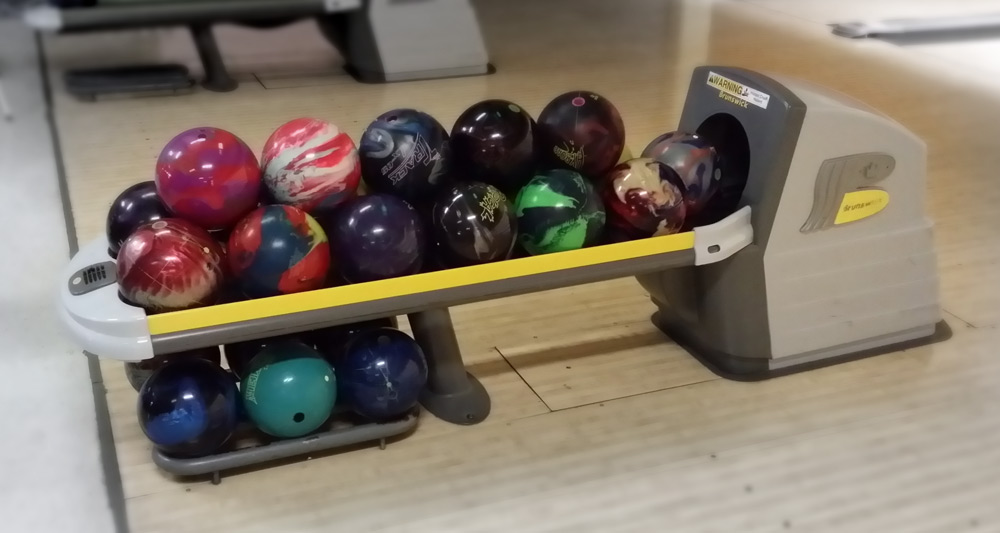Maintenance Checklist: Key Parts to Inspect in Brunswick GS Pinsetters

Brunswick GS series pinsetters are known for their efficiency, reliability, and quieter operation compared to older models. Designed with both mechanics and bowlers in mind, these pinsetters offer automated features and streamlined functions that require routine maintenance to keep them running at peak performance. Whether you’re overseeing a small alley or a multi-lane center, understanding the critical components that demand regular inspection can save time, prevent breakdowns, and extend the life of your equipment.
For sourcing reliable bowling parts for Brunswick, working with a trusted supplier ensures you’re using high-quality, compatible components specifically designed for GS models. Proper parts combined with a structured maintenance plan are essential to avoiding costly downtime and keeping your facility operating efficiently.
Understanding the Brunswick GS Pinsetter System
The GS (Generation Series) pinsetters function differently from older A-series models. They operate using a cam and clutch system and are built with fewer moving parts to reduce mechanical complexity. However, routine wear and tear still affect critical components, making regular inspections vital.
Below is a detailed checklist to guide your maintenance efforts.
1. Table Lift Motor and Gearbox
The table lift mechanism raises and lowers the pin table during the game cycle. Inspect the motor for overheating, unusual noises, and lag in movement. Check the gearbox for oil leaks or signs of wear.
What to Inspect:
- Smooth lifting and lowering action
- Oil levels and seals
- Gear wear and shaft alignment
2. Sweep Assembly
The sweep arm clears fallen pins between shots. It’s crucial that it moves smoothly and resets correctly every cycle. Any delays or jerky movements can disrupt gameplay and potentially damage the pinsetter.
What to Inspect:
- Belt tension and condition
- Sweep cam wear
- Sensor and switch alignment
3. Pin Elevator and Distributor
These components manage the collection and redistribution of pins. The elevator lifts fallen pins to the distributor, which rotates and places them correctly into the pin table.
What to Inspect:
- Elevator belt and motor
- Distributor turret function
- Pin jams or misfeeds
4. Clutch Assembly
The clutch is responsible for engaging various movements within the GS pinsetter. It experiences high levels of friction and should be inspected regularly to ensure proper engagement and disengagement.
What to Inspect:
- Pad wear and spring tension
- Housing cleanliness
- Slippage or delayed response
5. Drive Shaft and Bearings
These parts drive multiple components within the pinsetter. Any looseness, misalignment, or noise may signal failing bearings or an imbalanced shaft.
What to Inspect:
- Shaft straightness
- Bearing lubrication and play
- Mounting bolts and coupling alignment
6. Control Box and Sensors
The electronic control system is what ties the mechanical actions together. Faulty sensors can lead to misreads and halted operation.
What to Inspect:
- Loose wiring or corroded connectors
- Sensor response times
- Relay and board condition
7. Pin Handling System
Ensure that all pin cups and grippers are functioning properly to avoid misplacement or double sets.
What to Inspect:
- Cup alignment and tightness
- Gripper condition and tension
- Cleanliness of pin-handling surfaces
8. Ball Accelerator and Return Track
The GS pinsetter uses a ball accelerator system to quickly return the bowling ball to the player. This system must be kept clean and properly aligned.
What to Inspect:
- Accelerator belt condition
- Roller alignment and debris
- Ball return speed and noise levels
9. Daily, Weekly, and Monthly Maintenance Tips
To maintain a smooth-running GS pinsetter, structure your inspection schedule as follows:
Daily:
- Visual inspection of belts and motors
- Test sweep and table cycles
- Check sensors for dirt and misalignment
Weekly:
- Lubricate bearings and moving parts
- Tighten loose bolts and fasteners
- Inspect motor housings and electrical connections
Monthly:
- Deep clean the machine’s interior
- Rotate wear parts for even usage
- Run full diagnostic tests using the control panel
Clean Accessories and Tools
Towels, wrist supports, grip sacks, and other accessories should be cleaned regularly before placing them back in storage. Dirty or oily items can transfer residue onto your shoes and ball.
Maintenance tip: Machine wash your microfiber towels and wristbands as needed, and wipe down grip aids and cleaners. Replace worn accessories to prevent contamination of other equipment.
Best Practices for Preventive Maintenance
- Daily Inspections: Look for visual signs of wear or misalignment in all three systems.
- Lubricate Regularly: Keep gears, bearings, and joints well-lubricated to reduce friction and extend part life.
- Replace in Sets: When one component wears out, the others may be close behind. Consider replacing related parts together to maintain system balance.
- Document Maintenance: Keep detailed records of replacements, servicing, and operational issues for trend tracking and inventory planning.
Final Thoughts
Brunswick GS pinsetters are reliable, but they demand attention to detail when it comes to maintenance. By sticking to a consistent checklist and responding to issues promptly, you can keep your lanes running smoothly and minimize disruptions.
Always use high-quality bowling parts for Brunswick from reputable sources to ensure compatibility and long-lasting performance. With the right parts, tools, and preventive measures, your GS pinsetter will continue to deliver precision and reliability for years to come.



